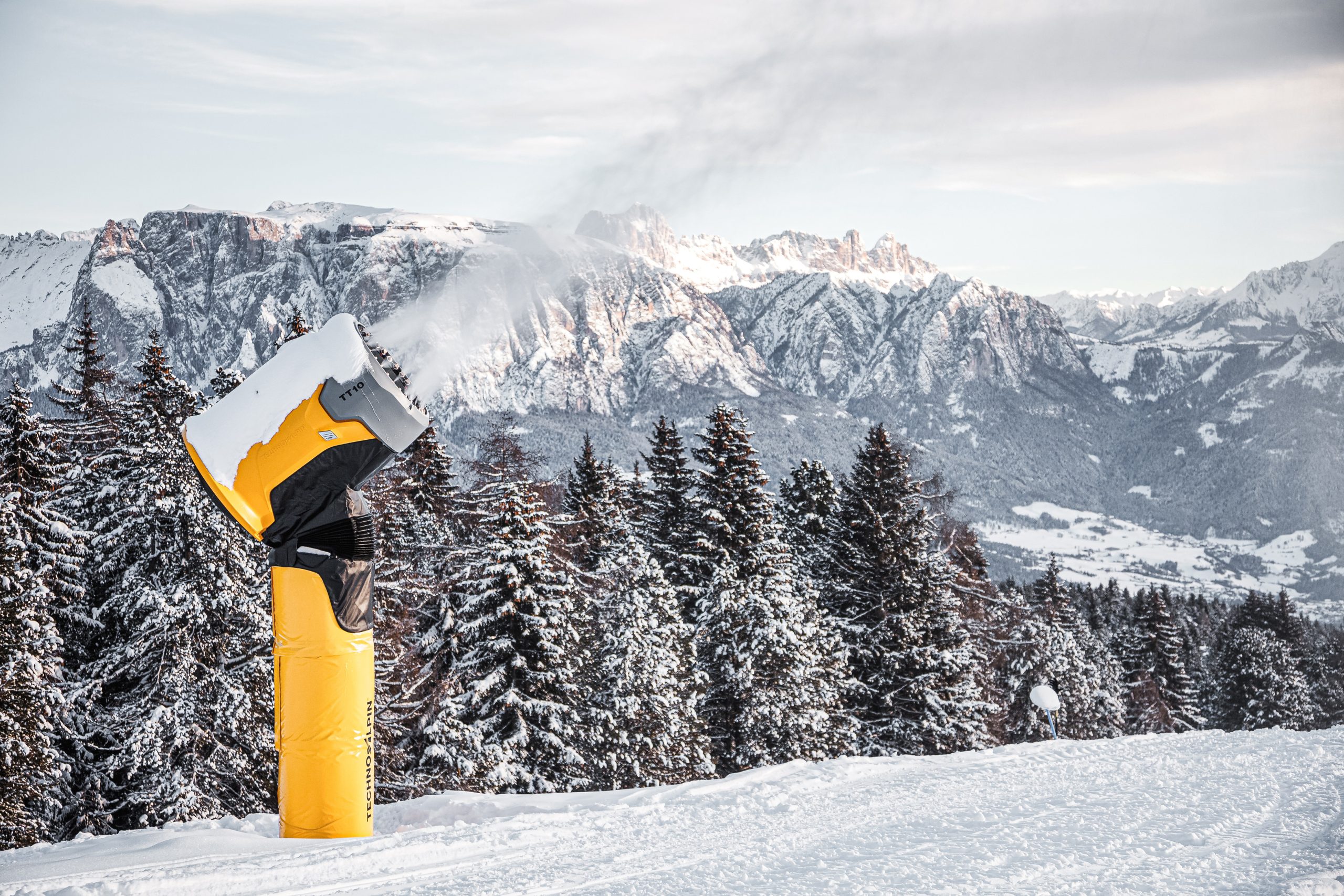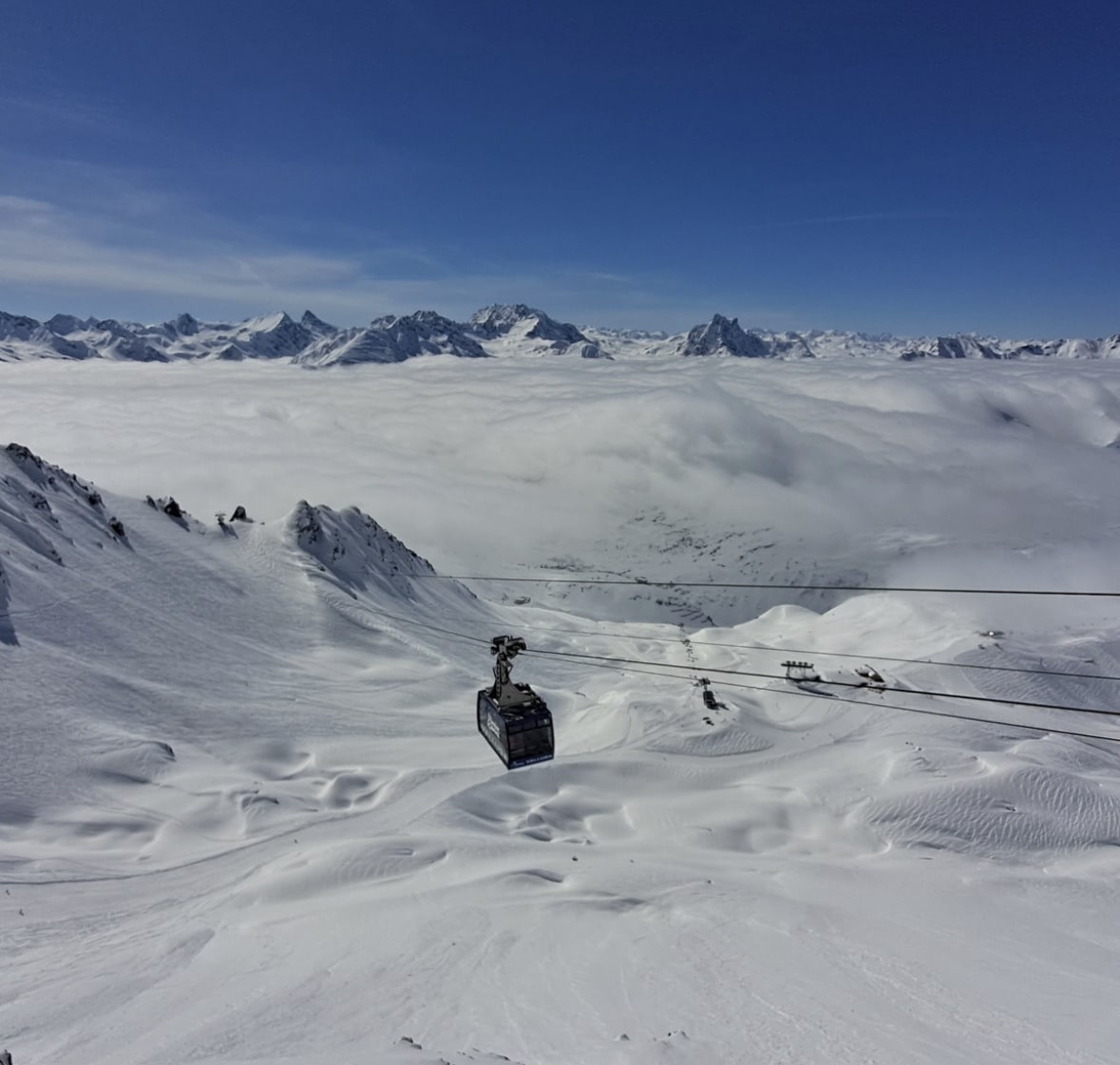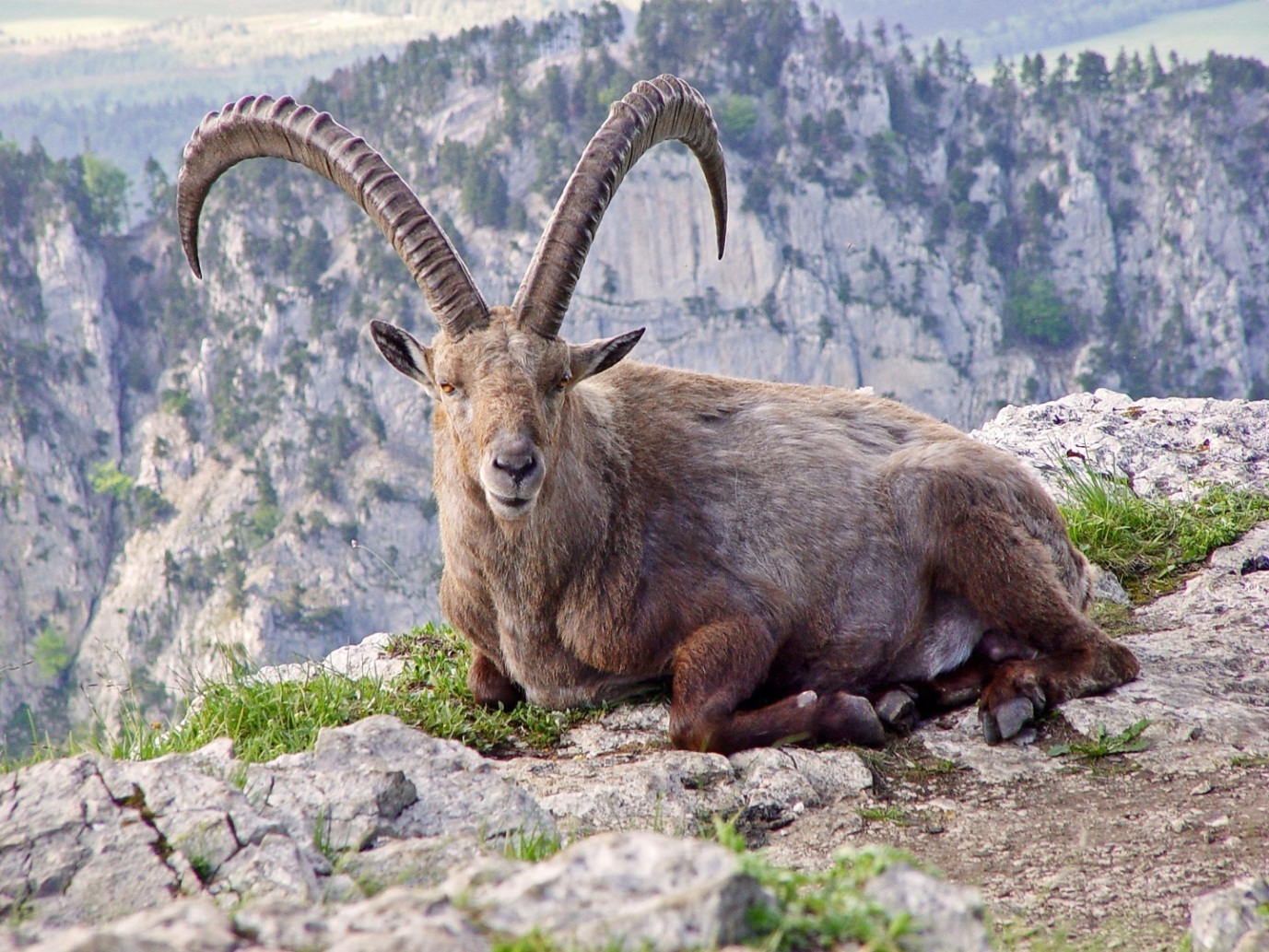
A new European study has investigated the effects of climate change on European ski resorts and warns that global warming will leave 53% of Europe’s ski resorts at very high risk for snow supply in the future. If temperatures increase by 1.5°C, around a third (32%) of European ski resorts would be severely impacted. This proportion could be limited to 14-26% through the use of artificial snowmaking. A staggering 98% of Europe’s ski resorts would be at very high risk for snow supply if temperatures increase by 4°C. With artificial snowmaking to achieve a minimum of 50% snow coverage on their pistes, these figures are reduced to 27% and 71% of ski resorts, respectively.

In their study, six researchers from various institutes in France and Austria looked at the impact of global warming on 2,234 ski resorts across 28 European countries. For the study, the researchers defined ‘sufficient snow’ as a minimum of 20cm (8 inches) of ‘groomed snow’, aka, snow that has been packed and levelled by a snow grooming vehicle. The days this cover is needed for was defined as a fixed period from December to February. From here a ‘snow reliability index’ was calculated for each resort.
The paper uses a ‘burning embers’ graphic to illustrate the effect of different levels of global warming across 18 different European regions. Each region has four bars, with the left-hand bar showing natural snow only and the three bars to the right showing different levels of artificial snowmaking. The snow-supply risk is measured by the frequency of snow-scarce winters.
The vulnerability to low snow supplies is comparable across regions without artificial snowmaking, but of course starts from very different baselines. Utilizing artificial snowmaking reduces the risk for the European Alpine regions, like in French, Swiss or Austrian resorts to a certain extent. However, other areas, like the Apennines or Iberian mountains, the snow risk remains extremely high irrespective of artificial snowmaking efforts.

The six researchers also looked at the climate and water footprints of those resorts’ future snowmaking needs. Artifical snowmaking will lead to increased water and electricity demand and adding to the considerable carbon footprint of the ski industry, which is typically mostly due to transportation and housing.
The study questions the long-term sustainability of artificial snowmaking, pointing out that being forced to cover half of a resort with artificial snow is hardly a sustainable long term solution. The researchers point out that it entirely goes against efforts to reduce the environmental impact of tourism, if water and energy usage goes through the roof. Snowmaking can also be entirely futile, their paper stresses, if temperatures are too warm, melting what little snow is made at great expense. The study however also acknowledged that the overall impact of artificial snowmaking on electricity demand and carbon footprint of ski resorts is modest and rather questions the impact of water reservoirs on the fragile alpine environment.
The study concludes that preserving the ecosystems in the European ski areas should be a top priority and do suggest that ski resorts should consider pivoting to other, more sustainable activities. Tourism is a key industry in many regions of Europe and European ski resorts account for almost 60% of annual skier visits, with the Alps claiming the lion-share with 40%. The ski tourism industry is a key industry for many regions and global warming would leave these regions particularly from an economic aspect as well unless they branch out into more year-round attractions.
